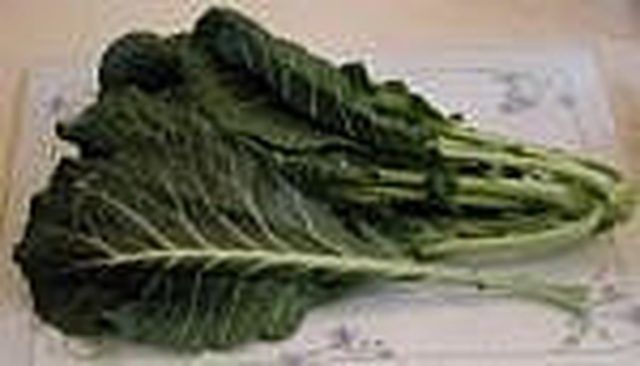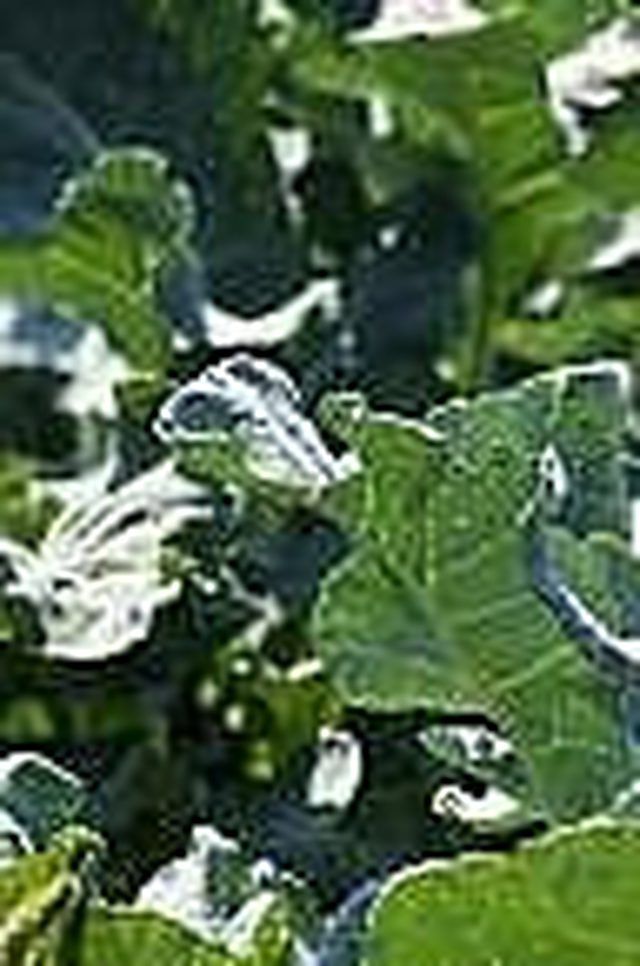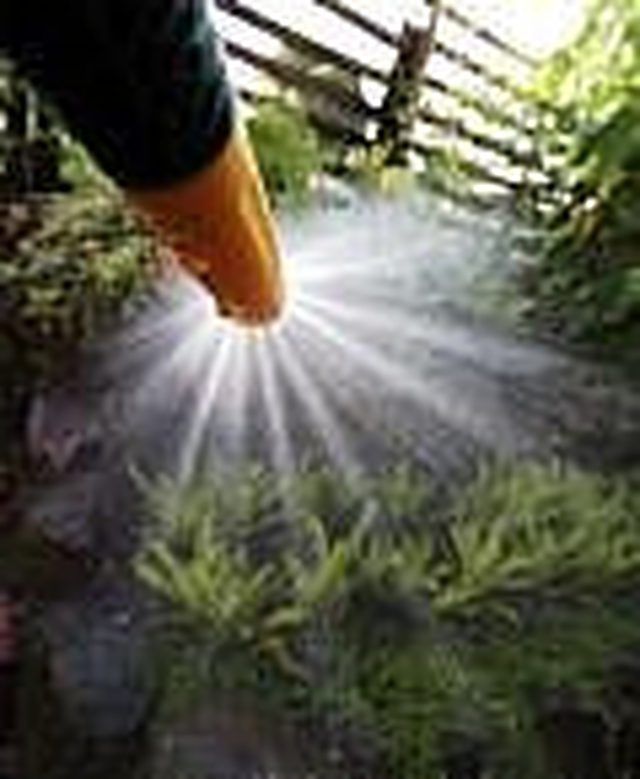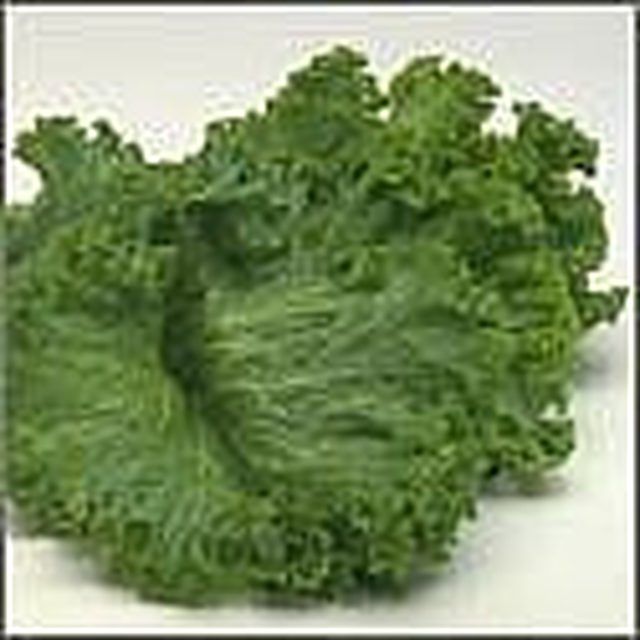Bulbs
Flower Basics
Flower Beds & Specialty Gardens
Flower Garden
Garden Furniture
Garden Gnomes
Garden Seeds
Garden Sheds
Garden Statues
Garden Tools & Supplies
Gardening Basics
Green & Organic
Groundcovers & Vines
Growing Annuals
Growing Basil
Growing Beans
Growing Berries
Growing Blueberries
Growing Cactus
Growing Corn
Growing Cotton
Growing Edibles
Growing Flowers
Growing Garlic
Growing Grapes
Growing Grass
Growing Herbs
Growing Jasmine
Growing Mint
Growing Mushrooms
Orchids
Growing Peanuts
Growing Perennials
Growing Plants
Growing Rosemary
Growing Roses
Growing Strawberries
Growing Sunflowers
Growing Thyme
Growing Tomatoes
Growing Tulips
Growing Vegetables
Herb Basics
Herb Garden
Indoor Growing
Landscaping Basics
Landscaping Patios
Landscaping Plants
Landscaping Shrubs
Landscaping Trees
Landscaping Walks & Pathways
Lawn Basics
Lawn Maintenance
Lawn Mowers
Lawn Ornaments
Lawn Planting
Lawn Tools
Outdoor Growing
Overall Landscape Planning
Pests, Weeds & Problems
Plant Basics
Rock Garden
Rose Garden
Shrubs
Soil
Specialty Gardens
Trees
Vegetable Garden
Yard Maintenance
How to Plant and Grow Mustard and Collard Greens
How to Plant and Grow Mustard and Collard Greens. Collard & mustard greens are a part of the cabbage family. Collard greens are popular in the south, and grow very well in hot weather. Collard and mustard greens do not grow a head like cabbage, but the leaves are what is cooked and eaten. Leaves are thick, dark green, and have a spinach flavor.

Collard & mustard greens are a part of the cabbage family. Collard greens are popular in the south, and grow very well in hot weather. Collard and mustard greens do not grow a head like cabbage, but the leaves are what is cooked and eaten. Leaves are thick, dark green, and have a spinach flavor.
Things You'll Need
seeds
water
fertilizer
Plant seeds directly into the ground, weeks before your last frost date in the spring. Plant seeds approximately 1/4 inch deep, space about 2 feet apart. Collards & mustards can tolerate poor soil, but will grow best in well fertilized soil.

Keep soil well watered but not soggy. Collards and mustard greens like sunlight, so plant in an area where the sun will shine on the plants daily.

Pick leaves of the collards and mustards as soon as they are large enough. The smaller the leaves the more tender and succulent the plants will be. Picking leaves after a frost tends to improve the flavor. Discard leaves showing signs of browning or yellowing. Wash collard and mustards several times before eating. Plants tend to hold dirt.
